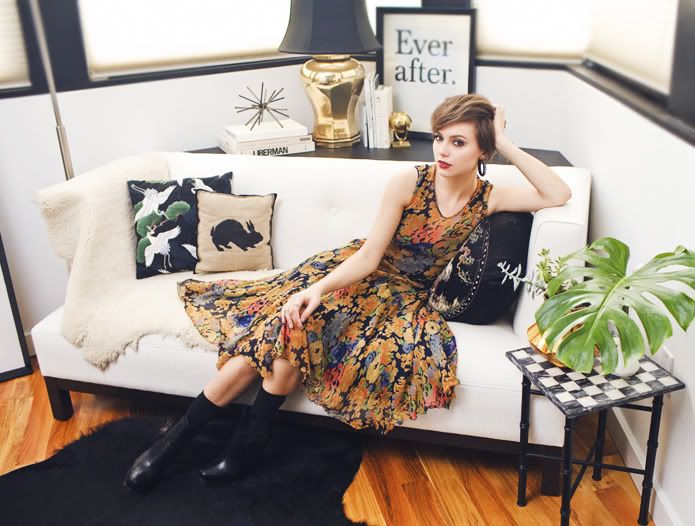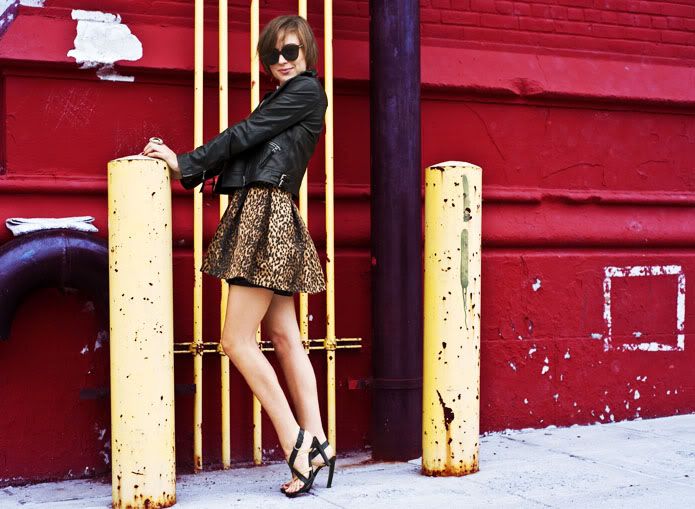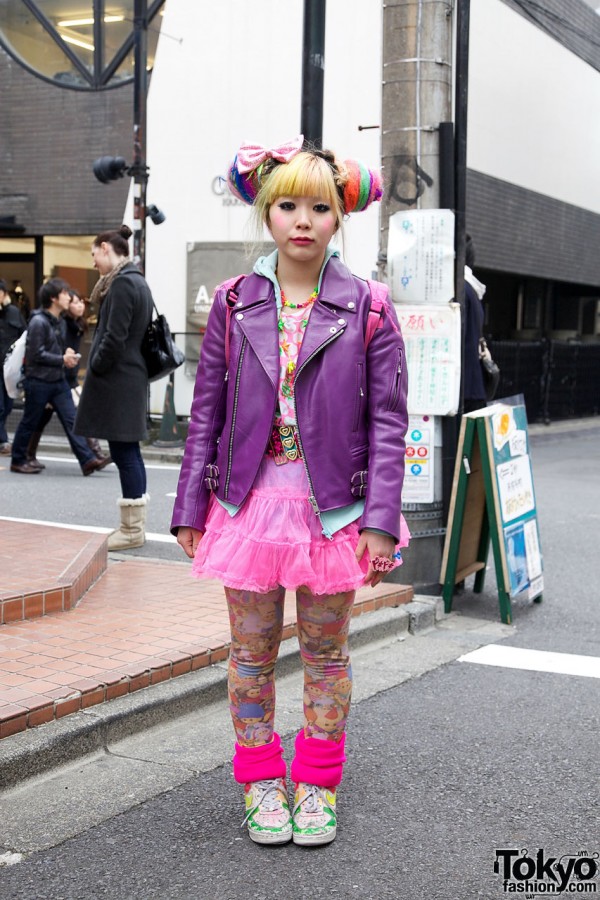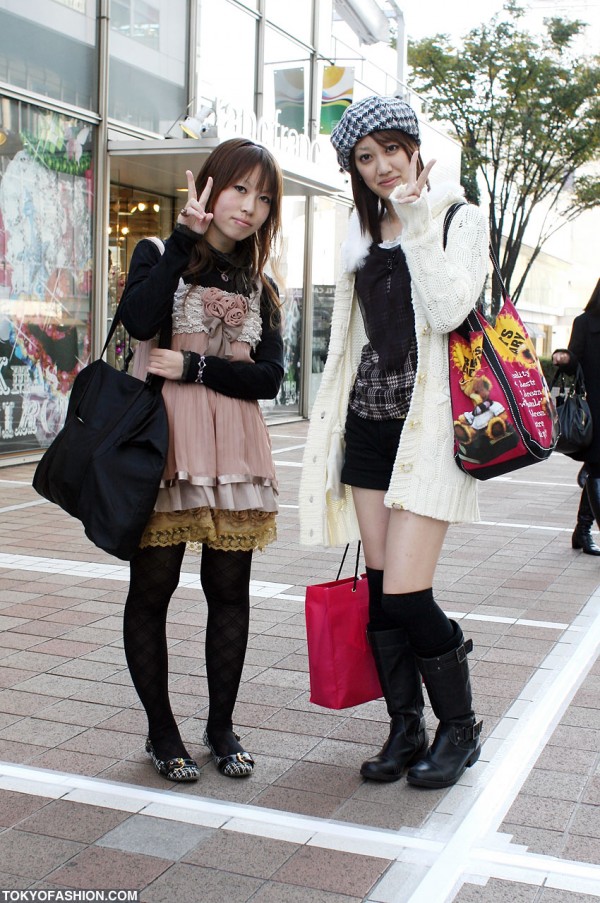Fellow blogger Censura and myself had the great pleasure of interviewing Rachael Cassar from the Eco fashion label by the same name, so here is our interview with Rachael Cassar..
(photo from nedavanovac.wordpress.com)
How did you become interested in Fashion designing?
From a very young age I started experimenting with the way I dressed and put things together. I started taking things apart and re-working them to my own personal taste. I soon developed a fascination with gathering different materials and textures and playing around in my room for hours trying to create the vision I had in my head. At the age of 15 I started attending any course I could find to do with designing. After high school I went straight to UTS to study Fashion and textile design. Graduating with a few awards, I decided to launch my own label the following year.
(photo from rachaelcassar.com)
What’s the inspiration behind your ecological approach?
I have always been an upcycler/recycler before I even knew what those terms were! From a very young age I got such a kick out of taking things apart and re-working to my taste, bringing an old thing back to life. This extended to jewellery where I became obsessed with finding broken cheap pieces and then fixing them ‘saving’ them in a way.
During my 4-year Fashion and Textile Degree at UTS, I always knew I was different in terms of my process and how I liked to create my designs. I never felt comfortable going about the conventional way of creating fashion apparel and quite often felt uncomfortable and somewhat like a Freud. After learning about the devastating affects that the Fashion industry has had and is having on our environment, I knew I couldn’t continue with this chosen career unless I stayed true to my own way of creating and my passion for re-using/up-cycling.
In my final year I experimented and created a High- end range made from 90% recycled materials. I got a great response all round which confirmed to myself and to the people who thought I couldn’t pull it off that I had the ability to make a range that didn’t sacrifice anything that I myself love about fashion aesthetics for a sustainable product. Luxury should not be sacrificed for sustainability. Aesthetics should not be sacrificed for sustainability. Design should not be sacrificed for sustainability. Detail should not be sacrificed for sustainability. It is all about problem solving and creating an equally appealing product.
(photo from ethicalstyle.com)
Who is your favourite designer?
Hands down Alexander McQueen. He was a true visionary. The Fashion world has lost a true creative
(photos from rachaelcassar.com)
How do you feel about celebrities getting all the high-end free goodies when they are the people who can afford the goodies?
It is unfortunate that this is how the fashion industry works. For example I have my previous collections in a showroom in LA, they have been there for a year now. Celebrities have worn my pieces, stylists have borrowed them for shoots but poor old designer back here has not made any money, it’s all for PR. Especially with pieces like mine, and for an emerging designer- celebrity status can really help make people start to pay attention to your work. So for me, I'm just waiting for a piece to be worn on the red carpet which will probably bring about more work.
(Photos from rachaelcassar.com)
Do you come up with concepts for designs first or is it more of an unplanned thing? How do you bring your inspiration to reality?
Yes I come up with a theme/concept first, then I source/gather materials inspired by this idea.
The fun part begins where I start designing straight on the stand (mannequin) I do not hand draw my designs. It’s more about playing with the fabrics, sculpting it to produce shapes and details that are all in my head. It’s all about the materials.
(photos from rachaelcassar.com)
What do you hope to have achieved in the industry, 10 years from now?
I hope to be able to do this for a living for the rest of my life. I hope that Australia embraces new designers. We tend to have a handful of designers that dominate the industry, this needs to change! There needs to be more out there for new upcoming designers that don't have enough money to exhibit their brands at fashion weeks- we all need opportunities. I hope to have someone who believes in my work, my ethic and my creativity to financially help me open a concept store- the first high end Eco fashion boutique in Australia. This is my dream, but one I can't really envisage happening in the near future.
(photos from rachaelcassar.com)
What do you have to say to the next generation, particularly for those hoping to follow in your footsteps?
I would say, Do not get into this field if you are not passionate, not doing something different and not willing to work for nothing!!! This industry needs people who are dedicated at producing exciting, new Eco fashion. Not the fashions of the past. The fashion industry is not built to accept designers like me. It goes against the foundations of how this industry works. I do not create mass volumes of fashion, I only create one offs which goes against mass consumption which means less profit for anyone involved. I want Eco fashion to be valued just as the conventional fashion industry is, by the industry and public!
(photos from rachaelcassar.com)
~I would like to thank Rachael for the time she took out of her busy day to answer these questions for us in such great detail. If you would like to learn more about Rachael's work please visit her website.















































